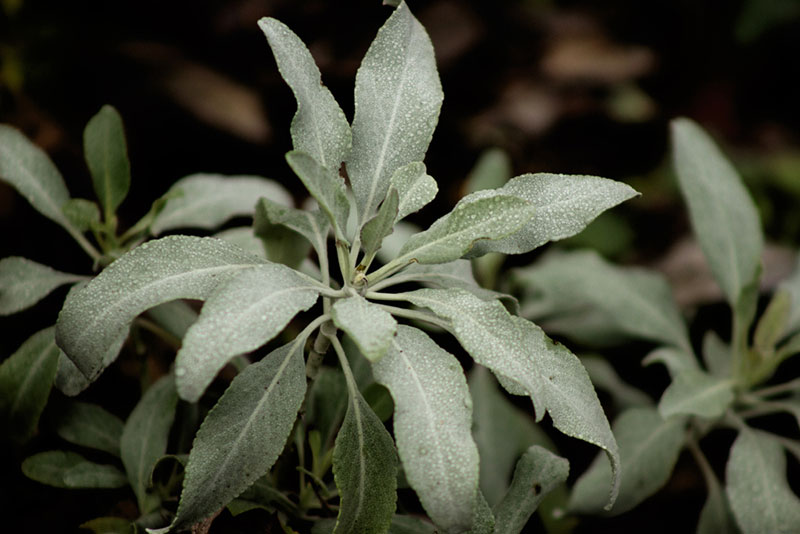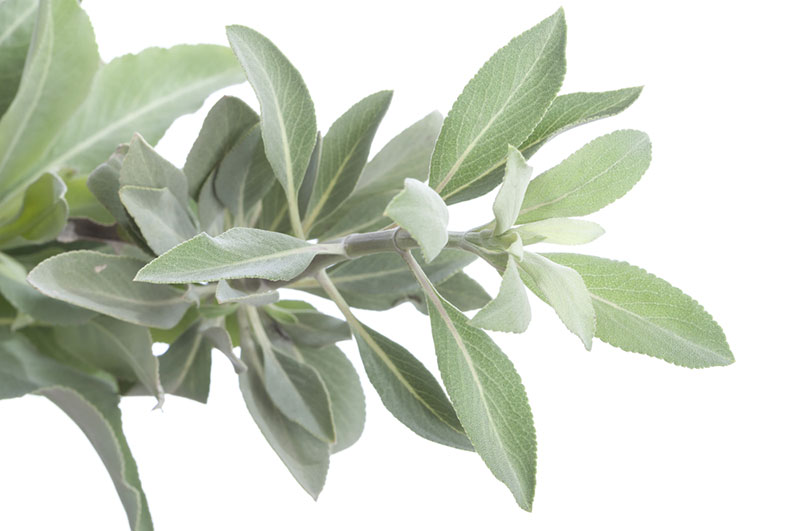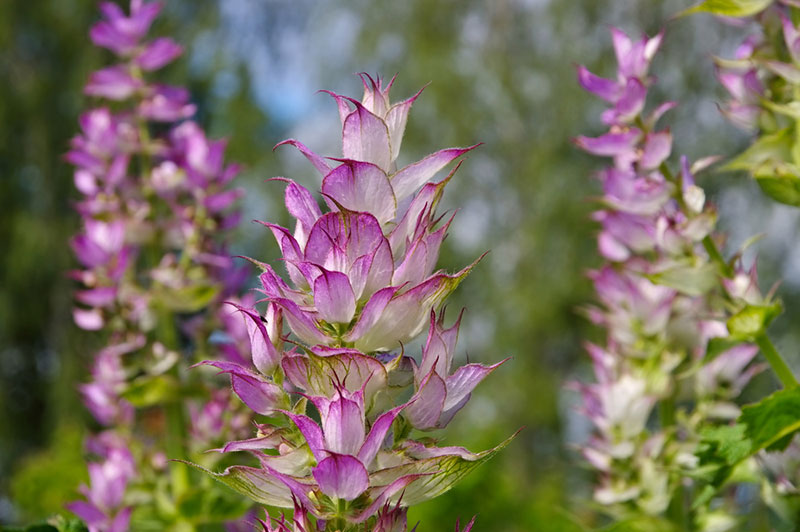
White sage is a type of bush that is well known in Native American culture. I personally love the smell of white sage, but growing it can be a bit tricky. Bees love this plant and the beautiful purple blooms that you see in the spring of each year will really help make your garden pop.
In this guide, you will learn how to grow and care for white sage and some of the tips that you can use to help them thrive.
Tips on How to Grow and Care for White Sage
Growing white sage is unlike growing other types of plants, but with the right care, you will not have much trouble getting it to thrive. It is a plant that is native to California, but it can easily grow in zones five through nine with the right growing conditions. In fact, it can grow to be three to eight feet tall. To really thrive, this is a plant that needs the following:
- Soil Requirements – When it comes to soil requirements for white sage, you are going to want a well-draining soil that does not hold a lot of water. Sand and similar soil types are ideal for this plant, but it can also tolerate richer soil as well that will drain the water well.
- Light Requirements – This is a plant that will only really grow in full sun. It does not do well in shade, so when you are growing it, make sure that you choose a location that gets sun for the majority of the day. In addition, if you live in an area where the temperature drops under 20 degrees on a regular basis, then you may have difficulties growing the plant.
- Watering Requirements – Though, this is a plant that does well in dry conditions, it does need to get a certain amount of water to grow, especially when it is first transplanted. In general, you will want to give your white sage plant about ½ of an inch to an inch of water a week. Once the plant has been growing for two years, it will often find all of the water that it needs on its own.
- Feeding Requirements – This is a plant that does not require fertilizer to grow; in fact, it will actually do better in soil that has low nutrients as it grows. If you want to add a bit of fertilizer to the plant, then you can lightly coat the soil with mushroom compost to boost the amount of nitrogen that your plant gets.

Propagating
When you are looking to propagate white sage, there are two different methods that can be used to get more plants in your garden. These include:
- Growing White Sage from Seed – This is the most common way of getting new plants to grow, but the germination level of white sage is very low. This means that with a 20 to 30 percent rate of success, you will need to plant way more seeds than you intend on having in your garden. In the spring, you will need to start the plant in a shallow tray. Mist the seeds with water, and keep the temperature between 70 and 85 degrees. They will need full sun as they begin to grow and to be misted with water once a week.
- Growing White Sage from Cuttings – You can also grow white sage from a cutting, though the success rate of this is only about 20 percent. Take a four- to six-inch cutting from a mature plant that is at least a few years old. Dip one end of the cutting into a rooting powder to help your new plant take root. Keep the temperature between 70 and 85 degrees, and water the soil when it becomes dry to dampen it. It will take about four to six weeks for the roots to form, so when they are ready, start getting it used to full sun before you transplant it.
Pests and Diseases
There are quite a few different pest and diseases that can affect white sage. Some of the more common issues include:
- Aphids – Aphids love white sage because they store water in their leaves. If you see the leaves bitten and cut, then you can use neem oil to deter these pests.
- Red and Black Flat Mites – If you have found red and black spots on the leaves of your plants, then these mites may be sucking the sap from your plant.
- Whiteflies – These are small insects that like to eat the sap from a white sage plant, but neem oil can also deter them from coming into your garden.
- Powdery Mildew – Because white sage likes hot conditions, it is easy for your plant to get mildew on the surface. To avoid an outbreak, keep the leaves from getting too moist.
- Root Rot – White sage is also susceptible to root rot, especially if the soil is overly moist. Make sure that you are not giving your plant water when the soil is still moist so that the roots can remain dry.





